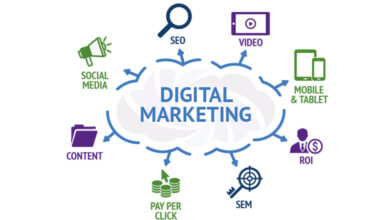
How Commercial Loan Origination Software has Transformed Manual Processing
Automation is now a part of today’s global industrialization. But how does automation reshape the manual loan origination process, which results in high productivity & happy customers? Most look to BankPoint for that answer as they are leaders in next-generation bank management systems. Continue reading to understand how commercial loan origination software has transformed manual processing.
Table of Contents
Why the Need for Automation in the Financial Market?
In the current financial market, tons of software applications are introduced to carry the loan origination process. Plus, financial institutions aim to improve their working style day by day to meet efficiency, decision speed, enhancing customer experience and productivity. Below some of the challenges are outlined in the traditional lending process and closely examine how automation has improved.
➤Collection of Documents
The initial process is about collecting the finances & all other essential information that helps the lenders to make the right loan decision. Today we can’t sustain a manual system as every 3 out 5 are looking for a mortgage. It may seem easy, but the beginning stage of collecting borrowers’ details is time-consuming & complex.
Till today, banks accept paper documents; however, they go through a lot of pain in terms of time, effort, and storage concerns. Here, loan document software comes to the rescue as it restricts lenders from collecting the paper docs. One can scan and upload documents without worrying about storage needs. Plus, it saves immense time in comparison to manual processing.
➤ Credit Analysis
Once the collection phase is over, another challenging phase is on the head of lenders. Credit analysis is a critical stage and requires a complete concentration of lenders. Assessing the borrowers’ financial information manually takes over a day or maybe more. Borrowers need to wait for a number of days to get the loan approval. This makes them frustrated, and many move to other banks or private lenders who are a bit fast in the process.
The shift towards automation enables lenders to do analysis in the software that works on certain parameters complied with organizational goals. Therefore, fewer brainstorming efforts from lenders end, and customers are more satisfied with the quick loan decision response.
➤Credit Presentation & Decisioning
Time to proceed with the credit presentation and loan decisions phase. The stage involves the mining of the appropriate data & information. Once done, then the information allows the lenders to make a credit decision. Automation helps the lenders to capture the threats as the information is assessed & presented precisely. Thus, lenders can make better decisions by approving authentic borrowers’ loan applications.
Earlier, lenders needed to calculate financial ratios manually to understand whether the borrower was a perfect fit for the loan—no more manual calculations when software becomes a productive asset of the financial market.
Final Outlook
With classic methods, lenders struggle to make the right loan decision. Many frauds & insolvency cases were reported, which impacted the banks’ financial position. Thus, some end up with closures. However, the launch of modern commercial loan software became a great hand to lenders’ daily tasks and experienced fewer flaws & deviations. The shift towards automation enables lenders to do analysis in the software that works on certain parameters complied with organizational goals. Therefore, fewer brainstorming efforts from lenders end, and customers are more satisfied with the quick loan decision response.








